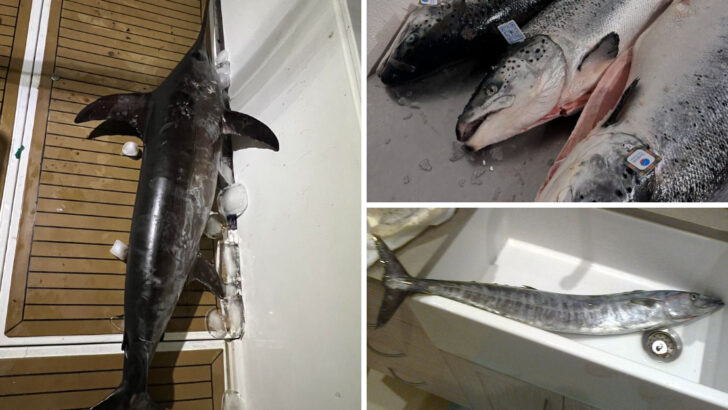Not all fish are created equal when it comes to being safe or sustainable to eat. Some species carry higher levels of mercury, are overfished, or are raised in environments that make them less healthy for consumption. Knowing which types of fish to avoid can help protect your health and the planet.
Here are 11 types of fish you might want to think twice about before adding to your plate. By making informed choices, you can enjoy seafood that’s better for you and the oceans.
Farmed Salmon
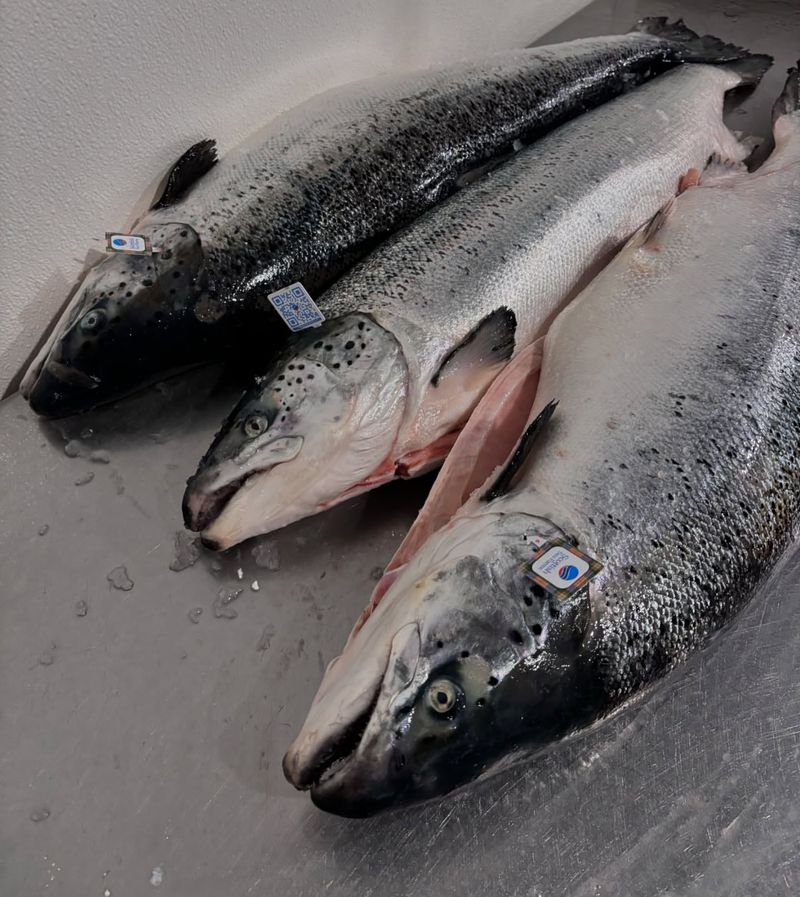
Farmed salmon is widely available and affordable, but it comes with health and environmental concerns.
These fish are often treated with antibiotics and overcrowded, leading to disease spread and pollution. Opting for wild-caught salmon offers a healthier alternative, free from these issues.
Supporting sustainable fishing practices ensures cleaner oceans and healthier fish populations. Making informed seafood choices can significantly impact both individual health and the environment.
Swordfish
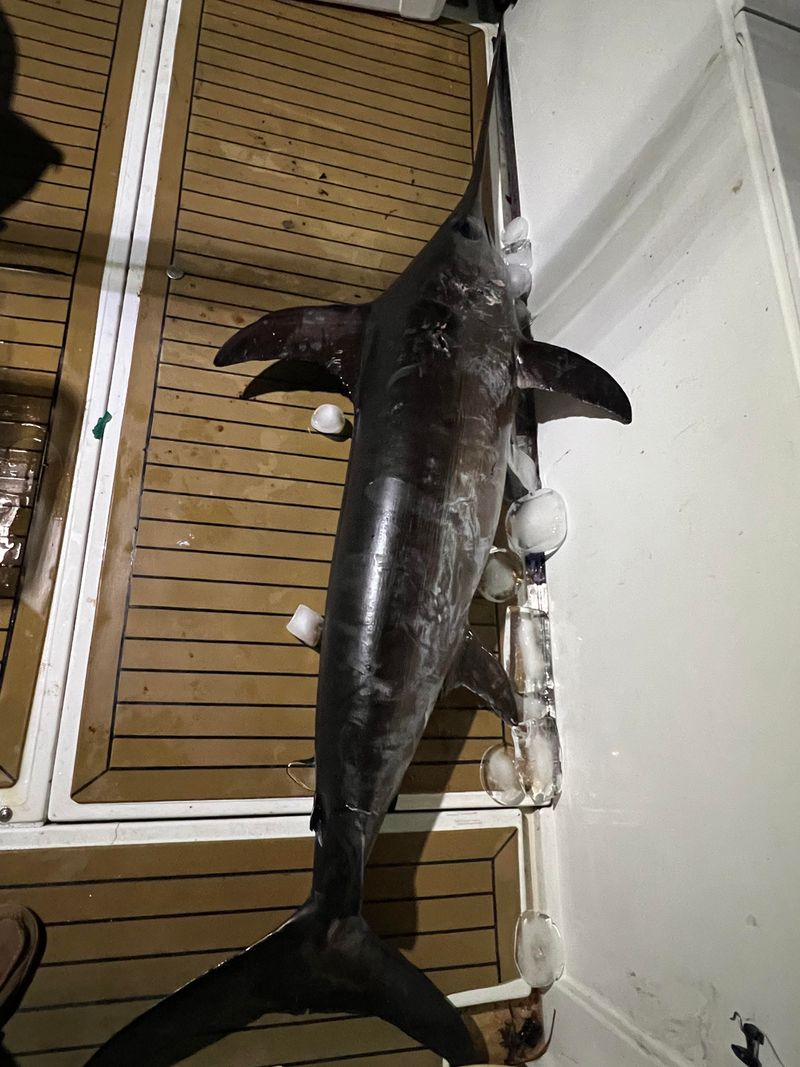
Swordfish is a popular choice for its firm texture and mild flavor. However, it contains one of the highest mercury levels found in seafood.
Frequent consumption can lead to mercury poisoning, affecting the nervous system. This is particularly risky for vulnerable groups like children and pregnant women.
Opting for alternatives like pollock or catfish can mitigate these risks. These fish are not only delicious but also more sustainable. Eating responsibly ensures a healthier diet and a more balanced ecosystem.
King Mackerel
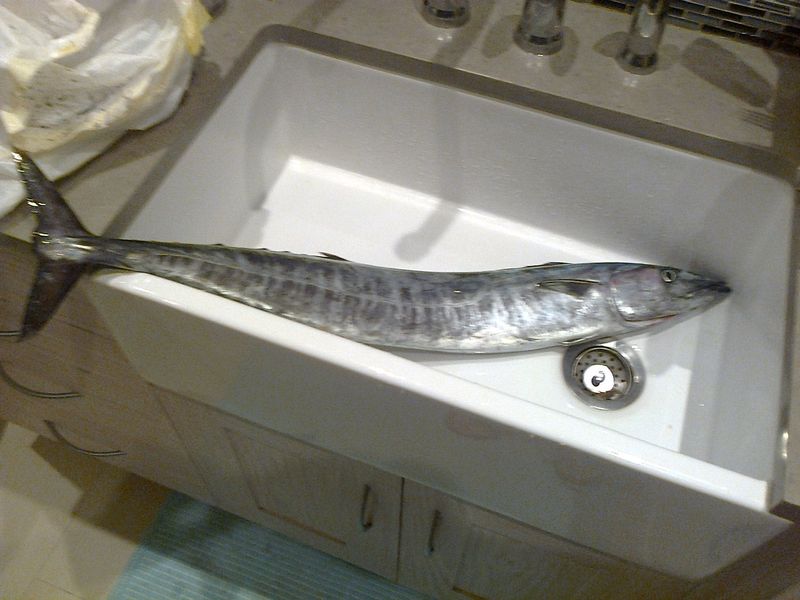
King Mackerel might be tempting with its rich, oily texture, yet it’s best avoided due to high mercury content.
Mercury can accumulate in the body, leading to long-term health issues. This is especially concerning for those who consume fish regularly.
Instead of King Mackerel, try safer alternatives like sardines or anchovies, which offer omega-3 benefits without the mercury concerns. Choosing wisely can help maintain a healthy lifestyle without sacrificing taste.
Tilefish
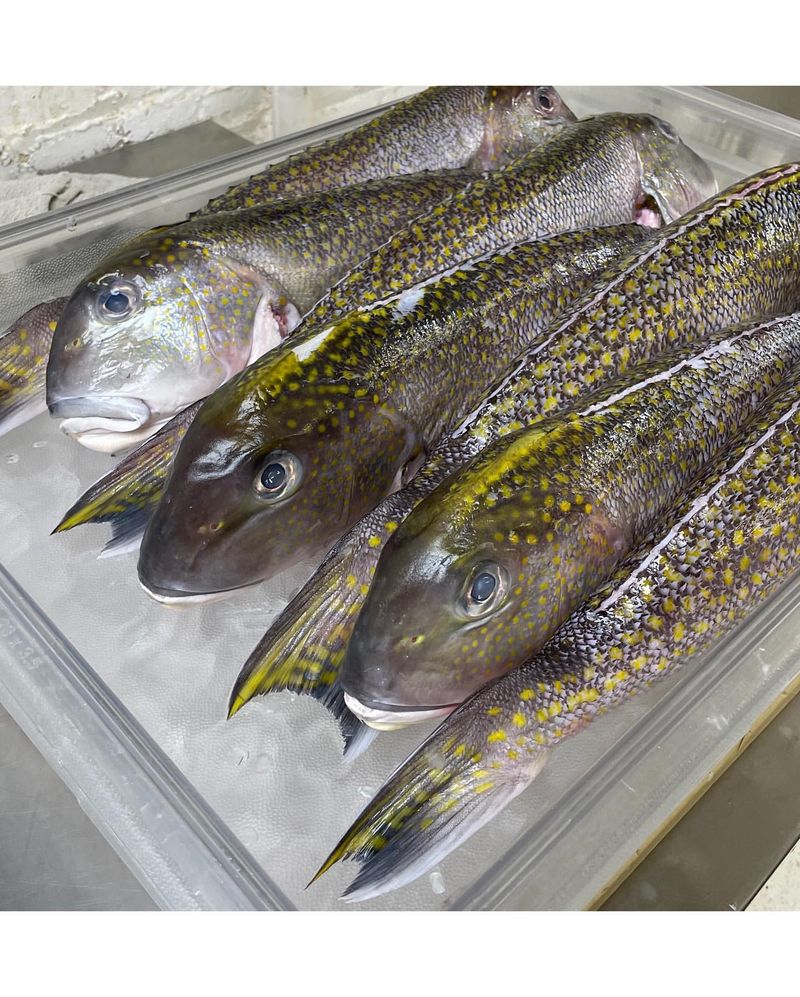
Tilefish are known for their vibrant colors and patterns, but they hide a dark secret—high mercury levels.
Consuming tilefish can lead to mercury accumulation, posing health risks over time. Environmental concerns are also significant, as overfishing threatens their populations.
Choosing fish like haddock or trout can provide a safer dining experience with similar flavors. By selecting environmentally friendly options, you contribute to marine conservation efforts.
Shark
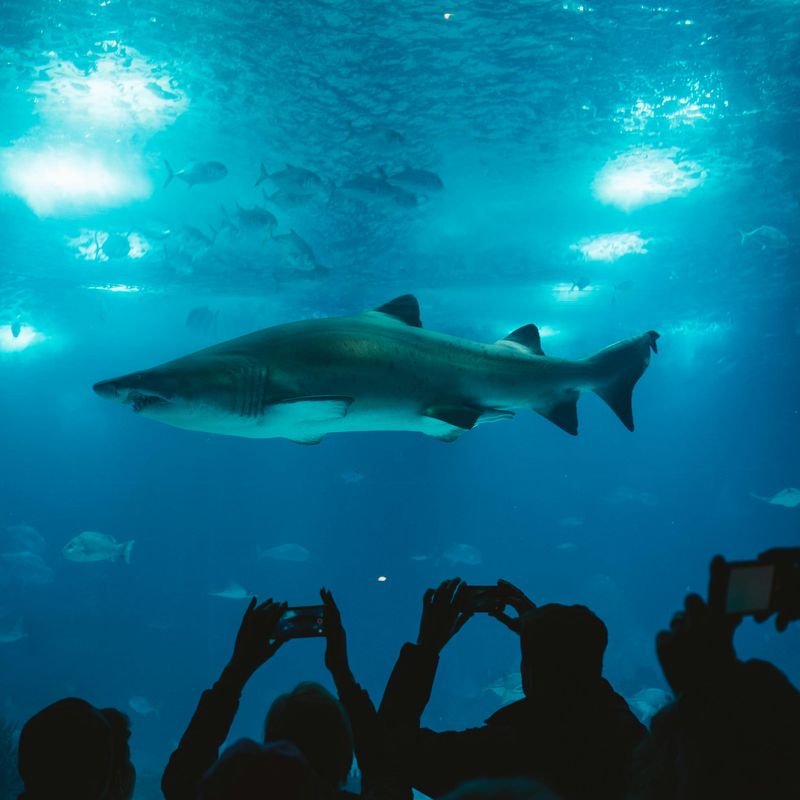
Sharks, majestic and awe-inspiring, are not the best choice for your dinner plate. High in mercury, consuming shark can pose significant health risks, particularly for pregnant women and young children.
Sharks are also slow to mature and reproduce, making them vulnerable to overfishing, which disrupts marine ecosystems. By choosing to avoid shark meat, you’re making a positive impact on the ocean’s health.
Instead, consider more sustainable seafood options that are lower in mercury and have less environmental impact. Your choices can protect both your health and the planet’s future.
Orange Roughy
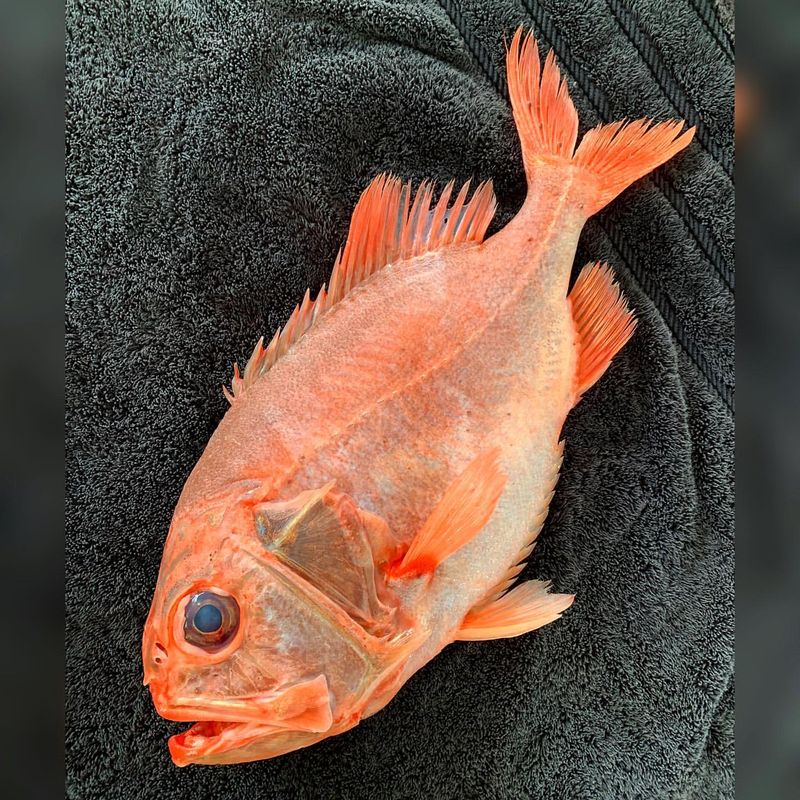
Orange Roughy, with its appealing taste and texture, presents serious concerns. It contains high mercury levels, making frequent consumption hazardous.
Additionally, this species is slow to mature, leading to overfishing and population decline. Avoiding Orange Roughy helps conserve marine life and supports ecosystem balance.
Consider more sustainable choices like tilapia or sole, which are gentler on the environment and safer for your health. Making informed decisions about seafood can lead to a healthier planet.
Chilean Sea Bass
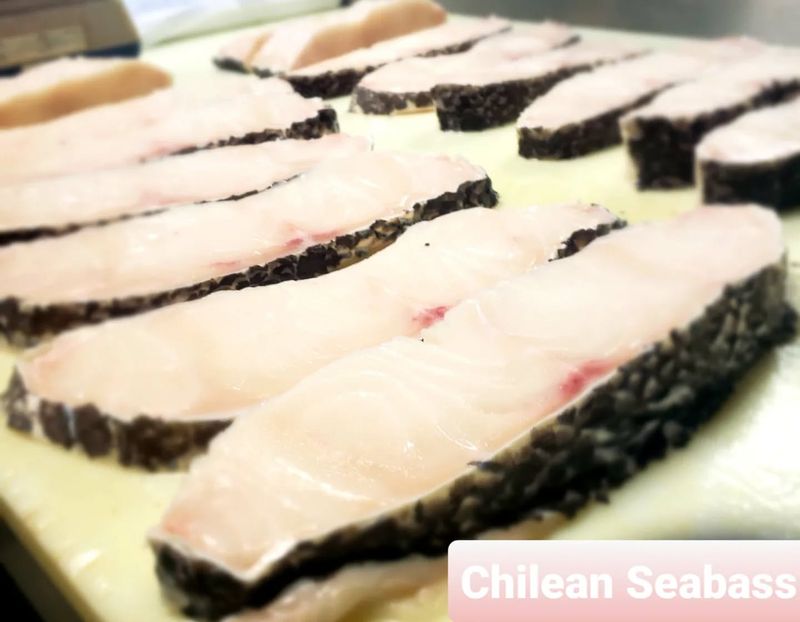
Chilean Sea Bass is renowned for its rich flavor and flaky texture, making it a culinary delight. Despite its popularity, it poses environmental and health issues.
Overfishing has severely depleted its populations, and it is also known to carry high mercury levels.
Opting instead for sustainably farmed fish or species like Arctic Char can offer similar culinary satisfaction without the environmental toll. Supporting sustainable seafood practices ensures the preservation of marine biodiversity.
Bluefin Tuna
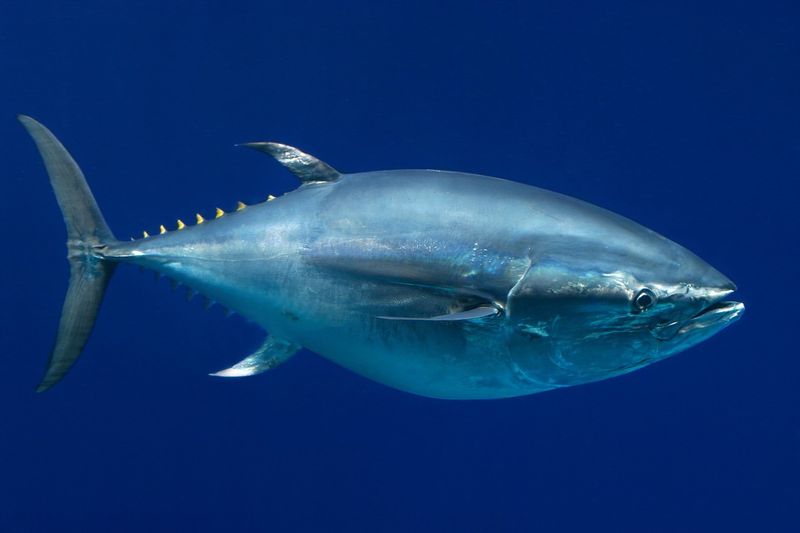
Bluefin Tuna is a sushi delicacy, but its consumption comes at a high price. The species is heavily overfished, pushing it towards endangerment.
Moreover, it carries a significant amount of mercury, posing health risks. Avoiding Bluefin Tuna helps protect this majestic species and supports ocean health.
Consider alternatives like skipjack or albacore, which are more sustainable and lower in mercury. Making these swaps not only benefits your health but also aids in conservation efforts.
Grouper
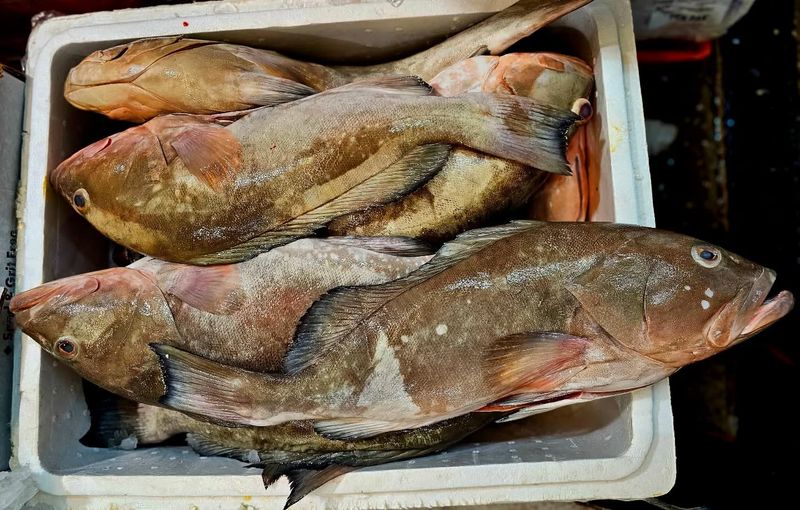
Grouper is loved for its mild flavor, yet it’s not the best choice due to high mercury levels and overfishing issues.
The slow growth and reproductive rates make it vulnerable to population decline. By avoiding Grouper, you help prevent further damage to reef ecosystems.
Delicious alternatives like snapper or mahi-mahi offer similar taste experiences without the ecological cost. Conscious choices in seafood can lead to healthier oceans and future generations.
Marlin
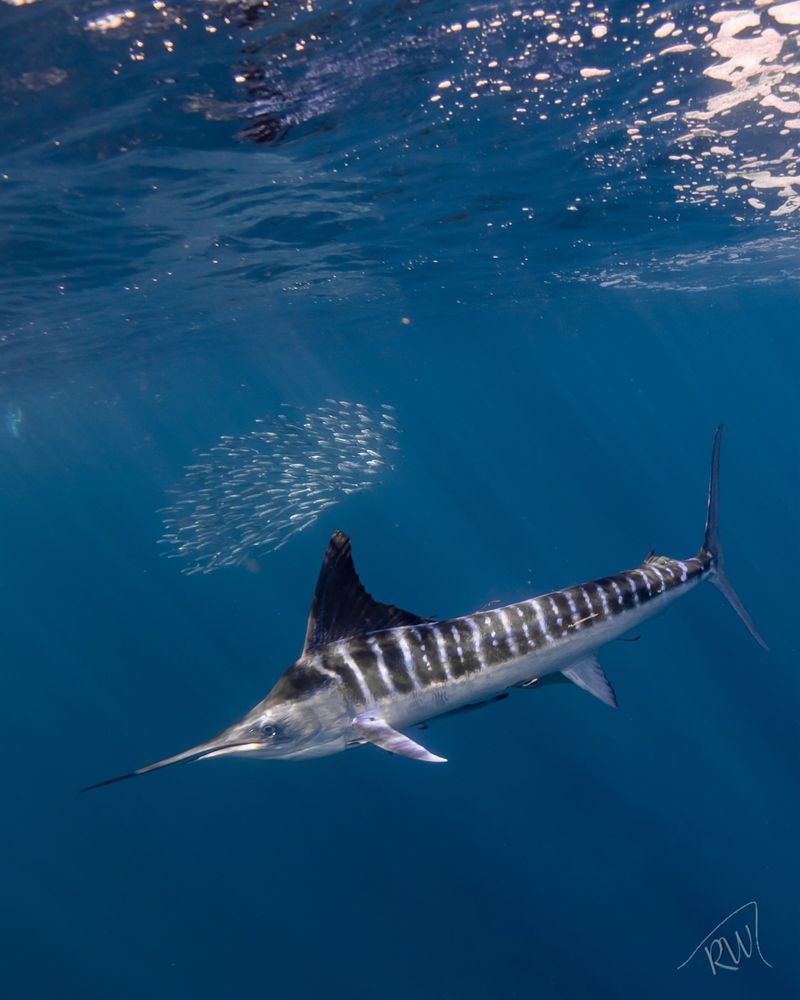
Marlin is often sought after for its game fish status and unique taste, but health risks abound.
Known for high mercury content, it is not advisable for frequent consumption. Additionally, overfishing has put a strain on Marlin populations.
Choosing fish species that are lower on the food chain, such as mackerel or sardines, can provide similar nutritional benefits without the drawbacks. A sustainable diet helps maintain ecological balance.
Eel
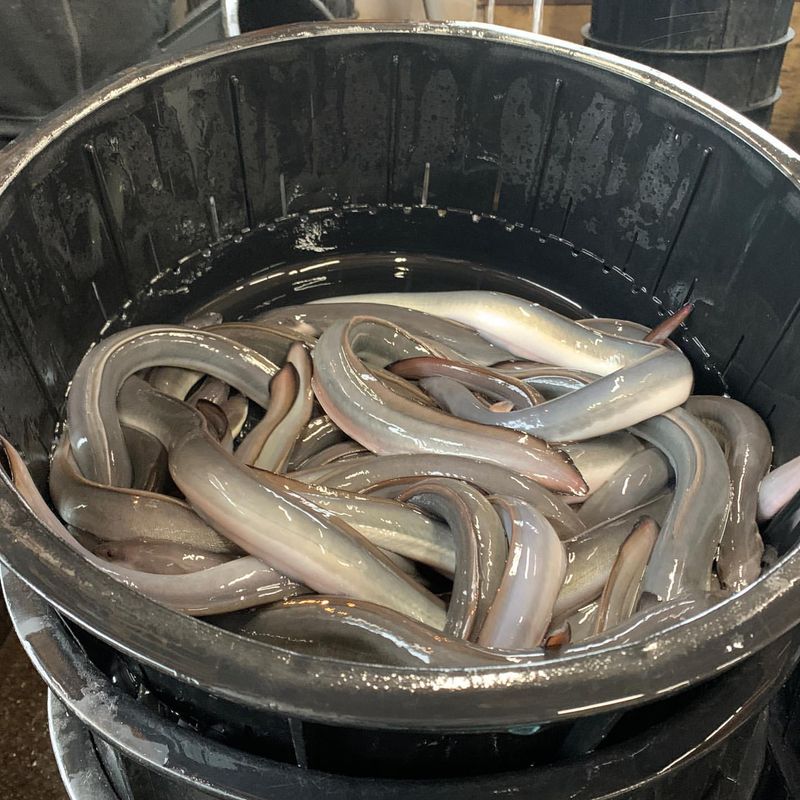
Eel is popular in Japanese cuisine, but it’s wise to limit its consumption. Eels accumulate high levels of mercury and PCBs, which are harmful to health.
Overfishing and habitat destruction further threaten their populations. Selecting sustainable seafood like catfish or sole can offer similar culinary experiences with fewer risks.
Making these mindful choices supports both personal well-being and environmental conservation. It’s essential to think about the long-term impact of our eating habits.

